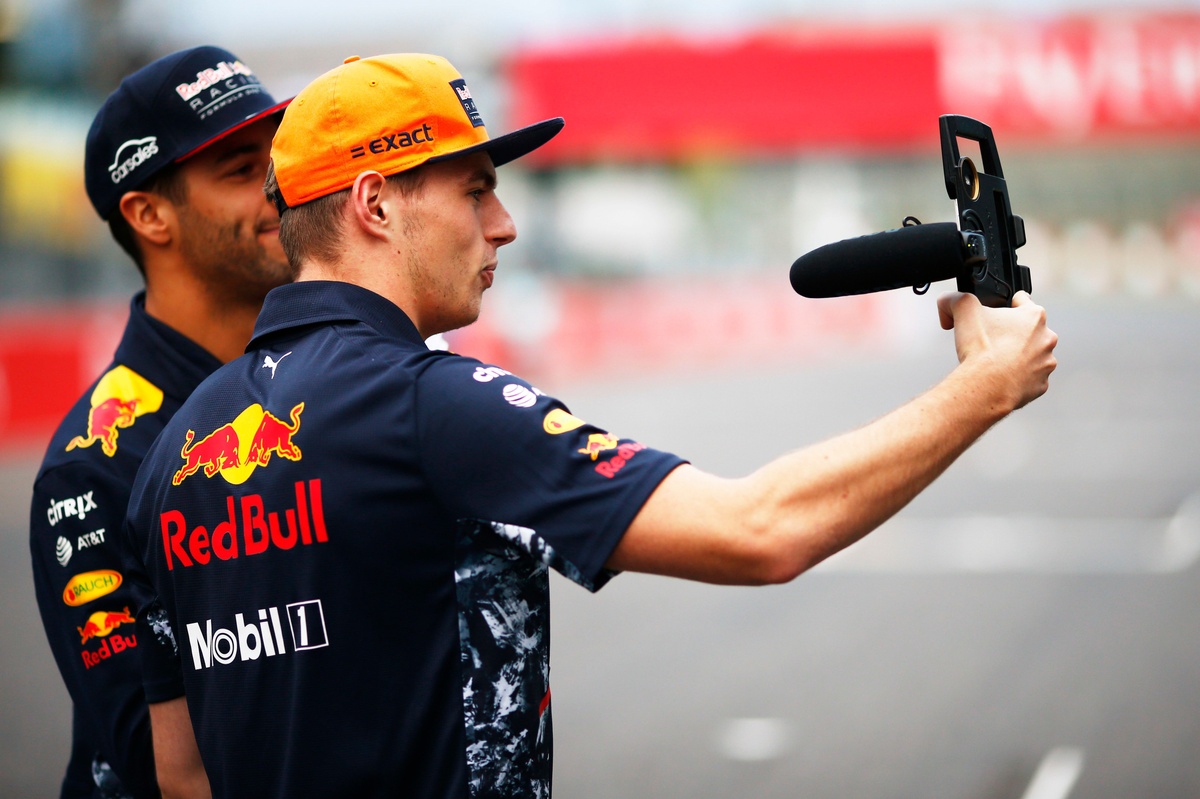Accelerating Influence: How Social Media Transformed Motorsports Marketing

In the early days of social media's rise, motorsports embraced the digital landscape with lighthearted banter and playful exchanges between racing teams. What began as a casual interaction has now evolved into a critical communication channel that has become an integral part of every motorsport series, transforming how teams, drivers, and fans connect and engage with one another.
Today, social media platforms are no longer just a supplementary tool, but a fundamental aspect of motorsports' communication strategy. From behind-the-scenes glimpses and real-time race updates to direct fan interactions and personal insights, these digital platforms have revolutionized the way motorsport narratives are shared and experienced.
